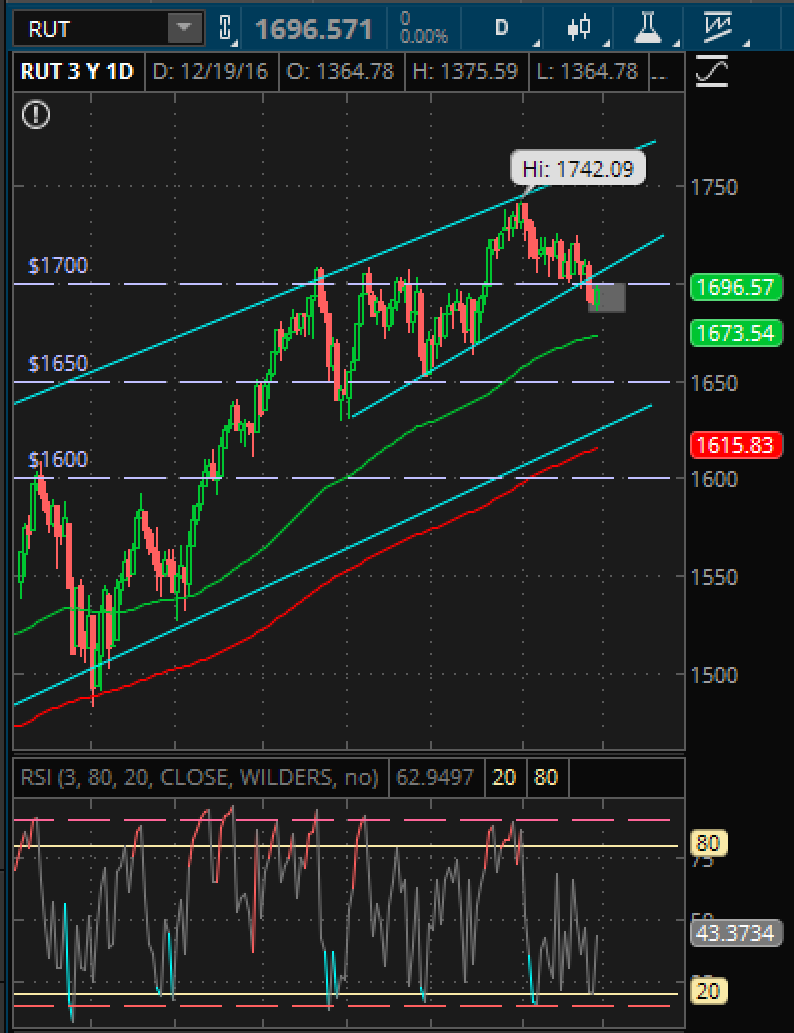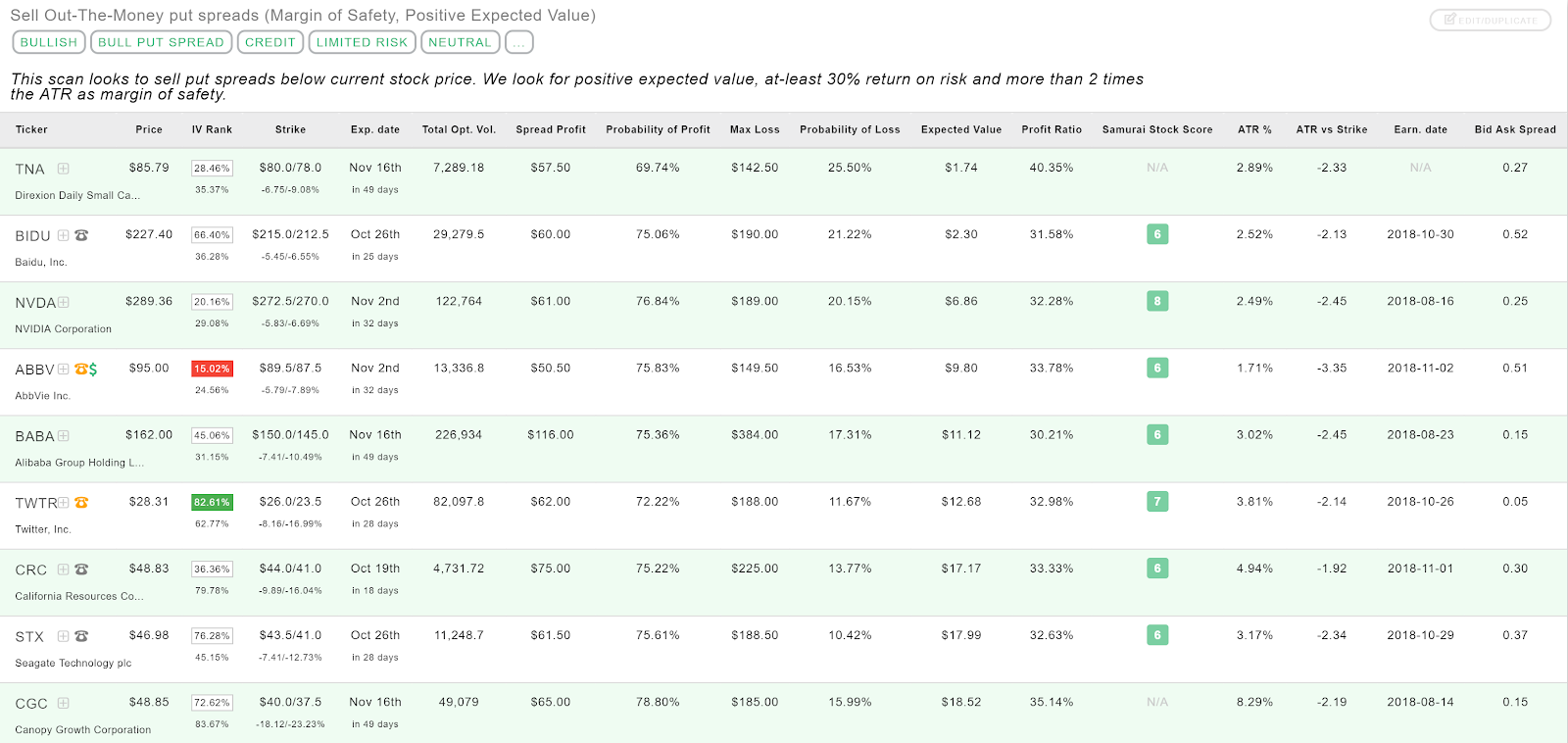WHAT DOES IT MEAN TO SCALE INTO YOUR POSITIONS?
Imagine you are bullish on a stock and assume you have set aside $2000 capital to purchase 10 contracts of long calls. However, instead of deploying all $2000 at one go, you choose to split it up and purchase the long calls at different stages. That is scaling in.
Scaling into a trade position is generally a conservative approach. If you are wrong about the stock being bullish, then you will suffer lower losses as you did not deploy all the capital at one go. If the stock went against you and yet it has not breached the danger zone as depicted in your charts, you can use the remaining unused capital to be more aggressive in your adjustment. In other words, scaling in can be viewed as a “defence first” approach to trading.
Also, do note that options are leveraged instruments by nature and therefore lesser capital is needed to achieve the same reward as compared to non-leveraged instruments. That is an added benefit.
SCALING-IN CONFIGURATIONS (based on 10 contracts)
Assuming you are planning to do 10 contracts of Put Credit Spread on an underlying, you can choose a variety of scaling-in configurations. A 5-5 configuration means that you initially put in 5 contracts and then add in another 5 contracts later.
Here are some configurations for your consideration.
- 3-7
- 2-2-6
- 1-2-3-4
- 4-6
- 2-3-5
- 5-5
- 3-3-4
Personally, I use the 2-3-5 configuration. I will first enter 2 contracts, and if the trade goes against me but still well within my boundaries, I add in another 3 more and then subsequently another 5 more.
INTEGRATING TECHNICAL ANALYSIS INTO SCALING-IN CONFIGURATIONS
You can consider defining some criteria based on technical analysis to decide if want to scale-in or exit the trade altogether and take the small losses.
- Identify long-term trend
- Identify support/resistance
- Identify the buffer zone below support/above resistance
- When the trade goes against you, scale into your position if the buffer zone is not breached.
- When buffer zone (1 ATR) is breached, long-term trend bias is invalid. Exit the trade and cut losses.
It is important that you do not convert an obvious losing trade into a scaling-in opportunity. That will only further increase your losses. If the support and the buffer zone has been breached, it is clearly a sign that your original bias is wrong. Exit the trade and cut the losses. Do not attempt to scale in to save the trade.
EXAMPLE (RUT INDEX: 1 OCT 2018 Before Market Opens)

The long-term trend is bullish. 50SMA(green) above 200SMA(red). Candlesticks above both 50 and 200SMA.
Candles recently held at lower price channel. This is a good day to enter a bullish put credit spread trade. Enter 2 contracts
However, the next candle subsequently broke below the price channel for a day. However, it is still within the buffer zone (grey) and the bullish bias still holds. Scale in another 3 more contracts.
If there isn’t any opportunity to enter the next 5 contracts on any further down moves then this trade will just have 5 contracts scaled in.
IMPORTANT THINGS TO NOTE
The scaling-in approach may resemble the martingale strategy but there is one main difference. In the scaling-approach, your total capital allowed at risk is already pre-defined before the trade starts. You do not simply add more and more capital into your trade indefinitely.
In some sense, you may want the trade to go against you. That is because you can now put more of your capital at work and scale into your position at a better price. This lowers your cost basis. When the trade does recover according to your longer-term bias, you find your trade bringing more profits. This explains why scaling-in approach can increase your probability of success.
In the event the trade goes in your favour and you did not get to scale-in, then the unused capital and be deployed in other trades when the opportunities present itself.
The absolute values of your losses and winners will be different from each trade as you may or may not scale-in in each of these trades. Therefore it is important that you plan your trade before the entry. Keep a record of your trades and analyse if the increased size of the average losses due is manageable due to the scaling-in and subsequent cut loss process.
There are always trading opportunities around. There is no need for you to chase after the enemies of a losing trade and deviate away from your plan. The Option SamurAI scanner always presents many trade opportunities for you. To illustrate this point, I did a scan for selling out-of-the-money put spreads and many trade opportunities are available.

SUMMARY
Scaling-in is a good habit and discipline to adopt as a trader. It keeps us on our toes, reminding us to always be on the safe side. We never start big on entry and assume that every trade will turn out to be a winner. Instead, we protect our capital by trading small on entry and we also protect our psychology by not losing big on a big entry when the trade goes wrong. Remember, making money is easy, but losing money is even easier!

